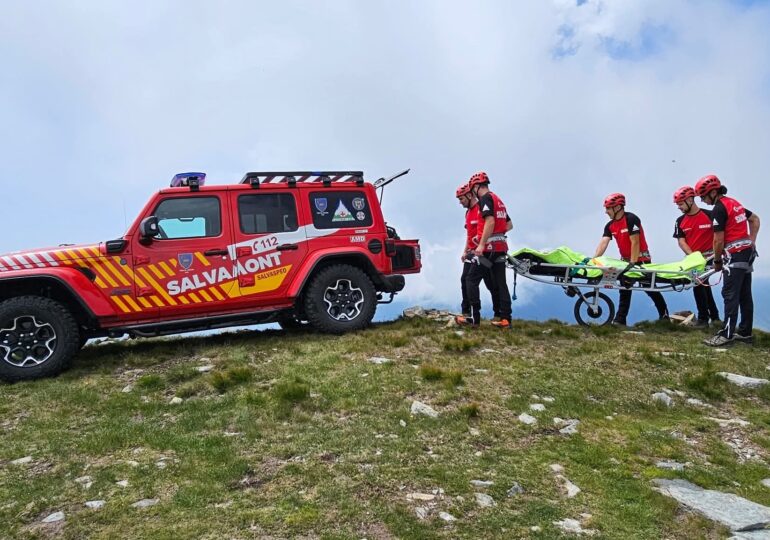Mountain Rescue Romania warns: despite sustained efforts at the county and national level, mountain rescue structures operate at an operational coverage level of only 17.85%.
Although they manage to respond to 100% of requests, the imbalance between the workload and available resources is huge.
Although county structures have provided substantial financial and material support — making Mountain Rescue one of the best-equipped rescue structures in Europe — the lack of adequate legislative framework has hindered proper numerical development. Thus:
- The service currently has 326 mountain rescuers, covering approximately 18% of the estimated need.
- To cover 50% of the actual need in the first year, about 300 new positions need to be unblocked, without major additional expenses.
- Without these measures, operating safely risks becoming impossible, and intervention efficiency will sharply decrease.
Mountain Rescue Romania warns in a Facebook post that ignoring these requests exponentially increases the risk of mountain tragedies, for which responsibility will fall not only on the intervention teams but also on decision-makers who have repeatedly avoided proposed preventive measures.
The Mountain Rescue structure has a basic legislation considered among the most advanced in Europe, but its success now depends on secondary legislation that will release the necessary positions for the development of operational teams.
Mountain Rescue appeals to the Government for concrete and legal support, in collaboration with county and local councils, to strengthen the human and financial resources necessary for the safe rescue of mountain patrols.
Today's appeal comes after the one on July 31, when representatives of mountain rescue services sounded a harsh alarm: the country's mountain intervention structures are on the verge of functional collapse.
Previously, on July 10, the head of Mountain Rescue Brașov publicly criticized the authorities' decision to reduce hazardous condition bonuses, in a message drawing attention to the reality on the ground, the daily risks assumed by mountain rescuers, and the inequities in the public system.

